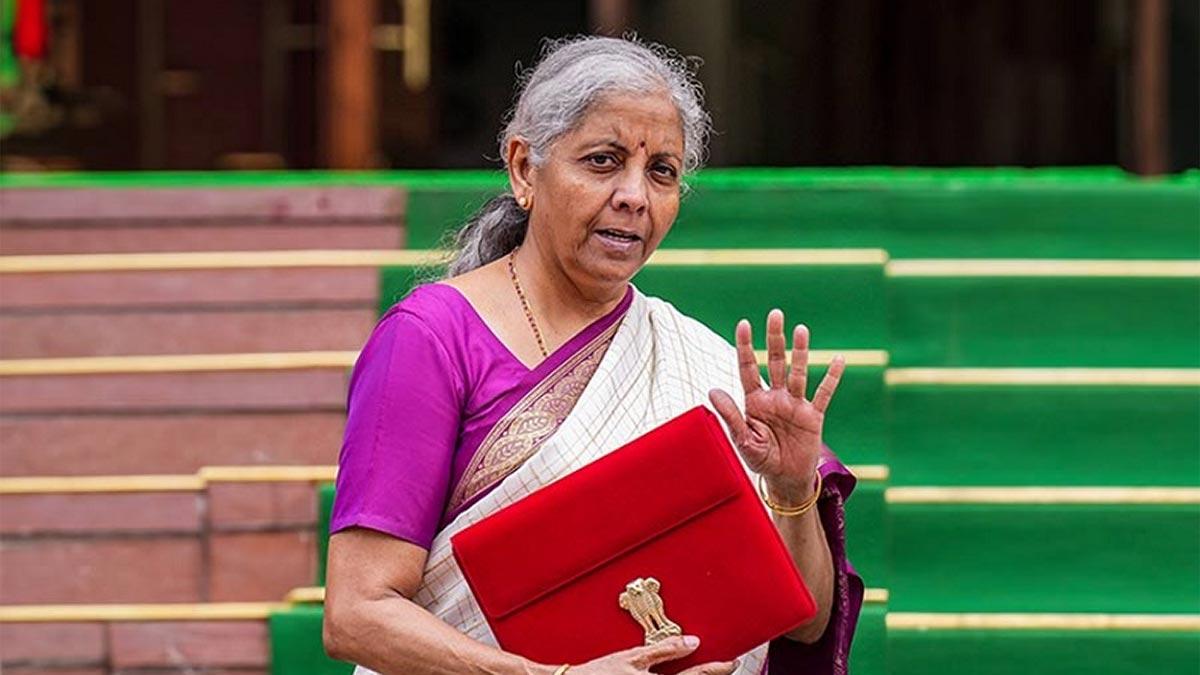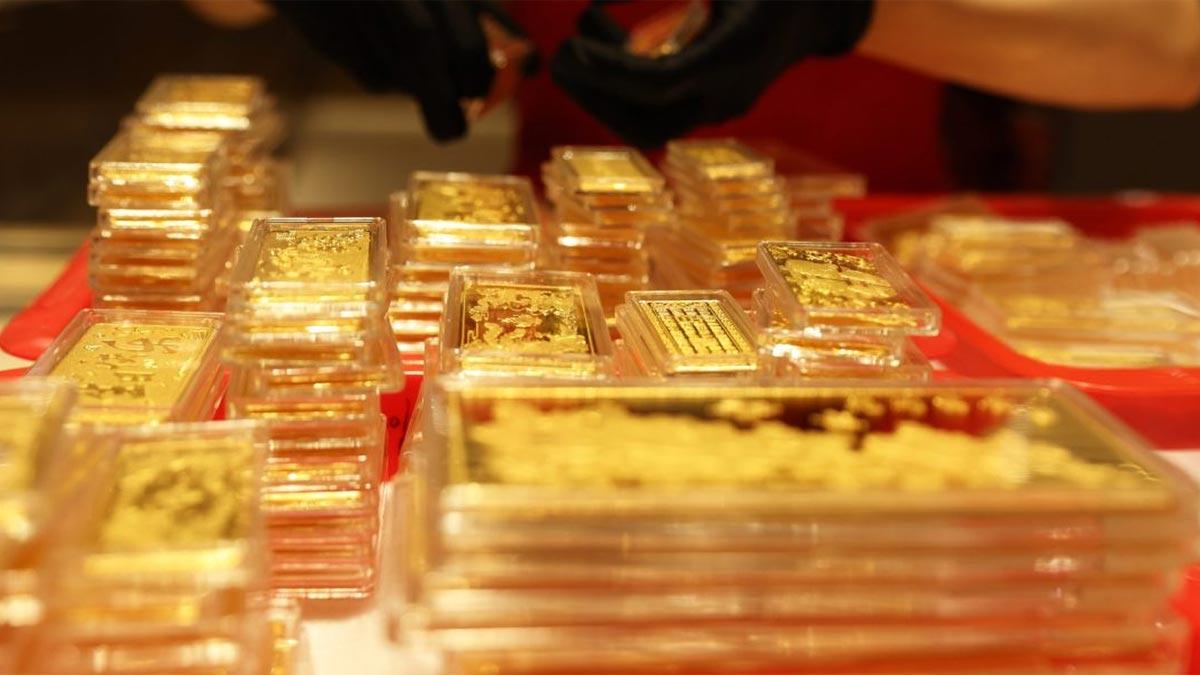The Indian rupee opened Tuesday's session at ₹84.65 against the US dollar, 75 paise higher than its last close of ₹85.38.
Experts have estimated the day's trading range to be between ₹84.50 and ₹85.25. The US dollar continued to hold its ground after the United States and China signed a crucial trade agreement.
Under the new deal, the US will lower tariffs on Chinese imports from 145% to 30% for 90 days, and China has promised to lower tariffs on US products from 125% to 10% for 90 days. The two nations also signed up to establishing a mechanism for continued dialogue on economic and trade issues.
Experts are of the view that any new geopolitical events may have a major impact on the path of the rupee.
During FY25, the rupee ranged from ₹83.10 to ₹87.60 vis-à-vis the dollar, weakening initially on the outcome of the US poll and falling by 2.4% year-on-year. This weakening was spurred by continual Foreign Portfolio Investor (FPI) outflow and the value of the dollar.
In spite of these difficulties, the rupee was relatively stable against other international currencies. It was bolstered by sound government finances, a narrowing current account deficit, better liquidity, and falling oil prices, as presented in the NSE's Market Pulse Report for April.
Later in the year, the rupee also recovered, rising 2.4% in March 2025, as a reversal in dollar strength and new FPI flows into debt markets benefited the currency.
Average annualized volatility of the rupee declined to 2.7% in FY25, ranking it as one of the least volatile major emerging market currencies. This reflects the resilience of India's external buffers and prudent foreign exchange management.
The report also noted that as the rupee continued to be overvalued, with the 40-currency trade-weighted Real Effective Exchange Rate (REER) increasing to 105.3, both REER and the Nominal Effective Exchange Rate (NEER) progressively fell in the first half of FY25, indicating an easing of overvaluation. The one-year forward premium on the rupee also continued to decline, in evidence of a change in premium dynamics and India's macroeconomic resilience.
Read also| US, China sign deal to roll back tariffs for 90 days
Read also| Trump Vows to Maintain 10% Tariff Floor Amid Global Trade Negotiations


















